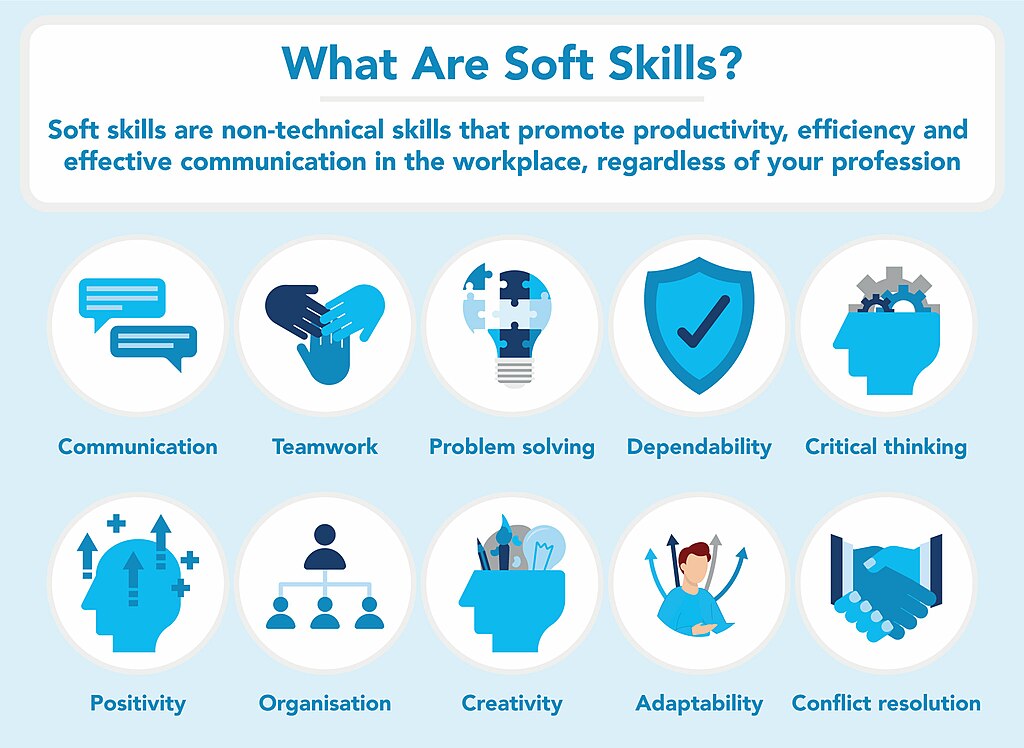Food and beverage production
| Site: | Rita Gikunda |
| Course: | Rita Gikunda |
| Book: | Food and beverage production |
| Printed by: | |
| Date: | Friday, 12 December 2025, 4:06 PM |
Description

1. Communication skills
BASIC UNITS OF LEARNING
COMMUNICATION SKILLS
UNIT CODE: HOS/CU/FP/BC/01/4/A
Relationship to Occupational Standards
This unit addresses the Unit of Competency: Demonstrate Communication Skills
Duration of Unit: 20 Hours
Unit Description
This unit covers the competencies required demonstrate communication skills. It involves
obtaining and conveying workplace information, completing relevant work-related
documents, communicating information about workplace processes, leading workplace
discussion and communicating workplace issues.
Summary of Learning Outcomes
1. Obtain and convey workplace information
2. Complete relevant work-related documents
3. Communicate information about workplace processes
4. Lead workplace discussions
5. Identify and communicate issues arising in the workplace
1.1. Communication skills
1. Obtain and convey
workplace
information
Communication process
Modes of communication
Medium of communication
Effective communication
Barriers to communication
Flow of communication
Sources of information
Types of questions
Organizational policies
Workplace etiquette
Ethical work practices in
Interview
Third party
reports
1.2. Communication skills
2. Complete relevant
work-related
documents
Types and purposes of
workplace documents and
forms
Methods used in filling forms
and documents
Recording workplace data
Process of distributing
workplace forms and
documents
Report writing
Types of workplace reports
Interview
Third party
reports
2. Numeracy skills
NUMERACY SKILLS
UNIT CODE: HOS/CU/FP/BC/02/4/A
Relationship to Occupational Standards:
This unit addresses the Unit of Competency: Demonstrate Numeracy Skills
Duration of Unit: 25 hours
Unit Description
This unit covers the competencies required to demonstrate numeracy skills. It involves
identifying and using whole numbers and simple fractions, decimals and percentages for
work, identifying, measuring and estimating familiar quantities for work, reading and
using familiar maps, plans and diagrams for work, identifying and describing common
2D and some 3D shapes for work, constructing simple tables and graphs for work using
familiar data and identifying and interpreting information in familiar tables, graphs and
charts for work.
Summary of Learning Outcomes
1. Identify and use whole numbers and simple fractions, decimals and percentages for
work
2. Identify, measure and estimate familiar quantities for work
3. Read and use familiar maps, plans and diagrams for work
4. Identify and describe common 2D and some 3D shapes for work
5. Construct simple tables and graphs for work using familiar data
6. Identify and interpret information in familiar tables, graphs and charts for work
2.1. More information on numeracy skills
Learning Outcomes, Content and Methods of Assessment
Learning Outcome Content Methods of
Assessment
1. Identify and use
whole numbers
and simple
fractions, decimals
and percentages
for work
Whole numbers
Simple fractions
Decimals
Percentages
Sizes
Problem solving methods
Calculations using the
4 operations
Recording and
communicating numerical
Written
Practice
assignments
2.2. Numeracy skills
2. Identify, measure and
estimate familiar
quantities for work
Measurement information
Units of measurement
Estimate familiar and
simple amounts
Selection of appropriate
measuring equipment
Calculate using familiar
units of measurement
Check measurements and
results against estimates
Using informal and some
formal mathematical and
general language
Record or report results
Written
Practice
assignments
3. Digital Literacy
UNIT CODE:HOS/CU/FP/BC/03/4/A
Relationship to Occupational Standards
This unit addresses the Unit of Competency: Demonstrate Digital Literacy
Duration of Unit: 35 hours
Unit Description
This unit covers the competencies required to demonstrate digital literacy in a working
environment. It entails identifying computer software and hardware, applying security
measures to data, hardware, software, applying computer software in solving task sand
applying internet and email in communication at workplace.
Summary of Learning Outcomes
1. Identify computer software and hardware
2. Apply security measures to data, hardware and software
3. Apply computer software in solving tasks
4. Apply internet and email in communication at workplace
3.1. Digital Literacy
1. Identify computer
hardware and
software
Meaning of a computer
Functions of a computer
Components of a computer
Classification of computers
Written tests
Oral
Observation
3.2. Digital Literacy
2. Apply security
measures to data,
hardware and
software
Data security and control
Security threats and control
measures
Types of computer crimes
Detection and protection
against computer crimes
Written tests
Oral presentation
Observation
Projects